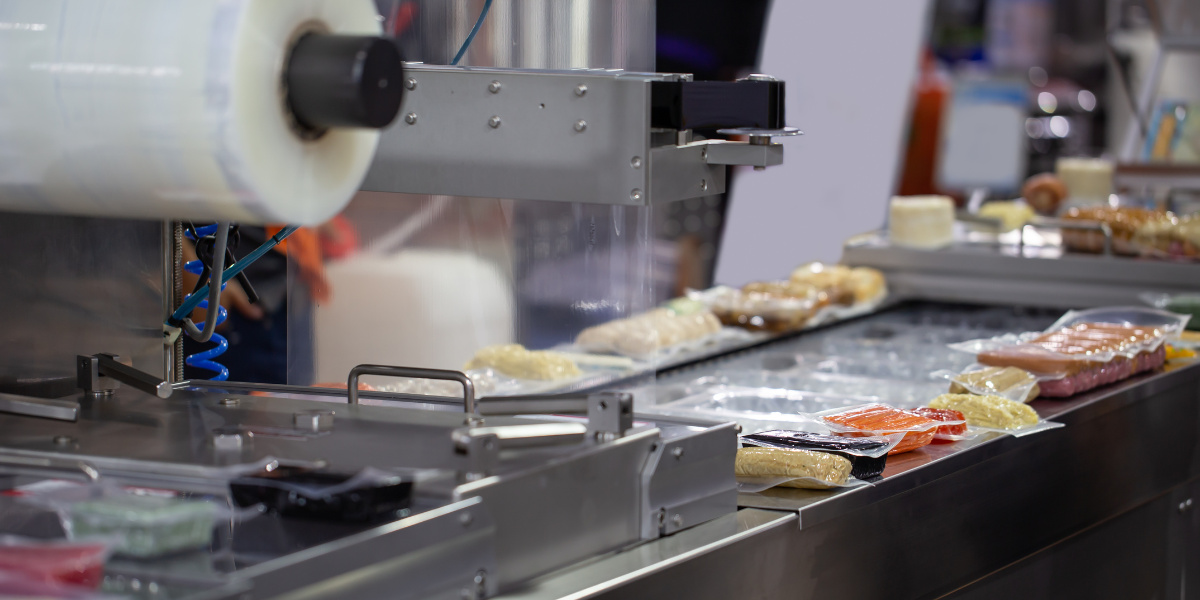
Sustainable packaging is a constant yet evolving conversation in the meat and poultry packaging industry, driven by the demand for eco-friendly options from processors, retailers, and consumers. As a supplier of packaging materials for food processors, we recognize the importance of sustainability to our customers. Supermarkets and large retailers, such as Walmart, expect innovative, environmentally sustainable food packaging. In this article, we’ll discuss how meat and poultry processors can adopt various packaging innovations to not only reduce carbon footprints through decreased greenhouse gas emissions, but also enhance appeal to retailers and environmentally-conscious consumers.
Rethinking packaging strategies involves challenging existing norms and exploring innovative ways to minimize the environmental impact. The conventional approach to sustainable packaging often revolves around finding alternative materials or adopting circular economy principles. However, reducing the amount of packaging used and minimizing the carbon footprint of the supply chain can be equally, if not more, impactful.
Optimizing the size of shrink packaging and thermoforming is crucial for successful sustainable practices in meat and poultry processing. Inappropriate sizing, whether too large or too small, can negatively impact unit size, weight, productivity, and yield. Using excessively thick roll stock may generate excess trim scrap, while oversized shrink bags can reduce units per case and transportation efficiency. Conversely, using thin or small packaging may decrease productivity and result in excessive rework. Right-sizing packaging for specific products enhances efficiency, reduces waste, and minimizes the environmental impact by creating more compact, lighter units with optimal production and transportation efficiency.
Enhancing recyclability is another strategy for meat and poultry processors to increase their sustainable efforts. Many packaging films in the industry consist of multiple layers of polymers, making recycling challenging. One alternative currently being explored in Europe is the use of monolayer packaging films with a single polymer type, which are easier to recycle. This approach supports organizations seeking to increase their use of recyclable packaging materials.
The carbon footprint of the supply chain is a critical consideration in the pursuit of sustainability. Using lightweight materials can further diminish the carbon footprint associated with transportation and logistics, reducing emissions throughout the supply chain. Every step in the manufacturing, transportation, and distribution processes contributes to greenhouse gas emissions. By strategically locating production facilities, optimizing transportation routes, and investing in energy-efficient technologies, businesses can minimize the overall carbon footprint associated with their products.
Rethinking packaging, reducing material usage, and optimizing supply chain processes collectively contribute to a more environmentally friendly packaging strategy. This approach encourages businesses to adopt a holistic approach to sustainability and to reassess their packaging practices for a more sustainable and environmentally responsible future. To talk further about your food packaging options, contact us.


